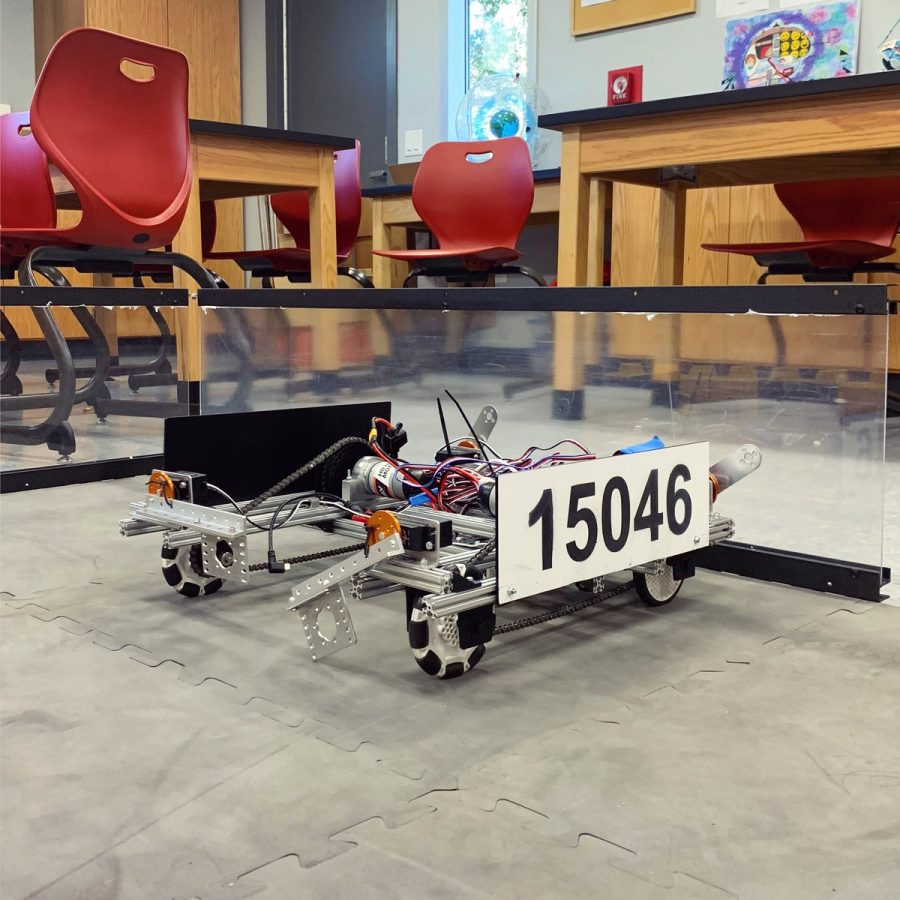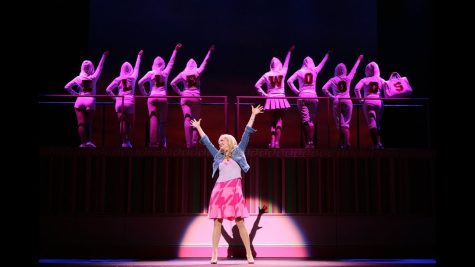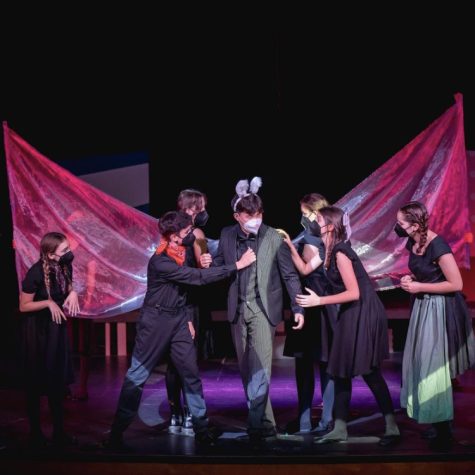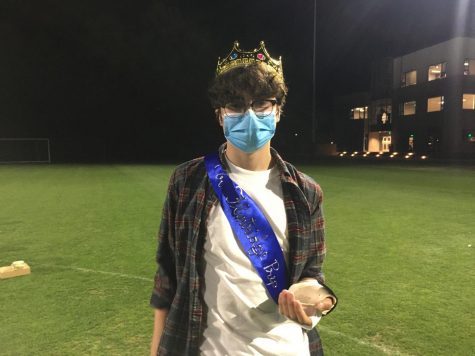Flintridge Prep Robotics
Photo courtesy @RebelRobotics on Twitter
A Prep Robotics Team robot in 2020.
Every Tuesday and Thursday, thirty or so kids cluster around their respective tables in the Maker Space to solve problems and overcome obstacles. Flintridge Prep Robotics, founded in 2015, has since flourished into a prominent club. The club is so popular that last year the club was forced to split into two teams, divided up based on prior experience in FIRST Tech Challenge (FTC) robotics competitions. The Incognito team was headed by this year’s team captains Bryan Taniguchi ‘23 and Scott Schuster ‘22. The Wolfpack team, composed of members less familiar with FTC, was headed by Will Boyd ‘24 and Michelle Geller ‘25. Each team works to build a robot for the FTC competition.
This year’s competition is called Freight Frenzy. The challenge consists of a playing field where the objective is to create a versatile robot able to pick up and transport objects into the “goals” while navigating over obstacles and uneven terrain. This is a difficult task, as the teams must build their robots from scratch. The engineering team was responsible for designing the robot and building it along strict competition guidelines dictating size, number of motors, and other important regulations. Meanwhile, the programming team works synchronously to write the code for the robot to dictate its actions. Before the building can begin, the team spends time brainstorming for the robot. With this strategy, the team can teach the new roboticists while also working on their plans for the season. Working quickly, the robotics teams only have a couple weeks to create a functioning robot before their first meet. This means two hour practices, twice a week to build, program, and test. When asked about the best part of Flintridge Prep robotics, team captain Bryan Taniguchi said that it was “seeing everyone learn and display their skills.” Something more unique to Prep robotics is the environment of fostering inclusion and learning so that everyone has a part in the robot. In this way, every member of the team is valuable and can contribute their own ideas and work.
After several weeks of feverish planning, building, and testing, both teams had their first competition on November 7th at La Cañada High School. Starting at 7:30 a.m., the team assembled to do last minute checks and tests on their robots. Following this, FTC officials checked their robots to make sure they complied with all the guidelines. Finally, at 9:30 a.m., the first round started, with two drivers and one coach helping their robot to victory. The Incognito Varsity team ran into some trouble when their motor mounts broke, but thanks to the quick work of Scott Schuster, the problem was fixed and both robots were ready to roll. Meanwhile, the claw on Wolfpack’s robot also broke after a hard collision with another robot. Throughout the day, several other problems surfaced, and the teams had to work to problem solve for their robots. Incognito member David Gomez-Novy ‘24 stated the competition “went really well considering the time we [the robotics teams] had.” The first meet of the season is often a good test to see whether the robot can perform and create a list of things to fix for the next competitions. No major changes have yet been introduced to either teams’ robot designs and both are eager for the next chance to prove their robots; however, problems involving the claw for the Wolfpack team are at the forefront of their agenda while 3D printing a better bracket design and working on strategy are the focus of Incognito. The constant tinkering of their robots will continue throughout the season as teams will find better ways to accomplish the tasks. The robotics season is only just beginning and there will be many more competitions, problems to fix, and possibly even some awards.
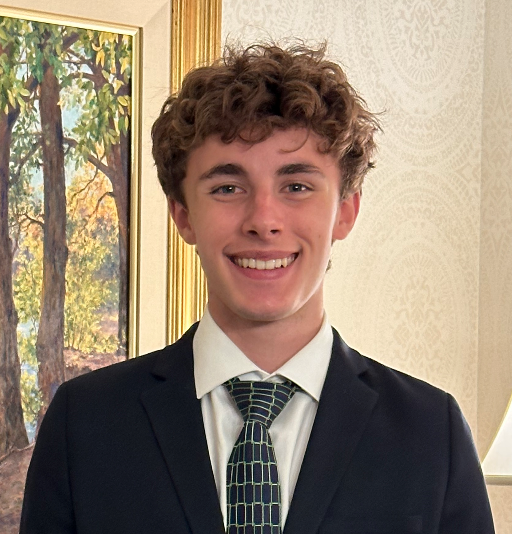
Grade: 12
Years on Staff: 4
Why are you writing for the Flintridge Press?
Everyone has a voice. At the Flintridge Press, we strive to cultivate...

